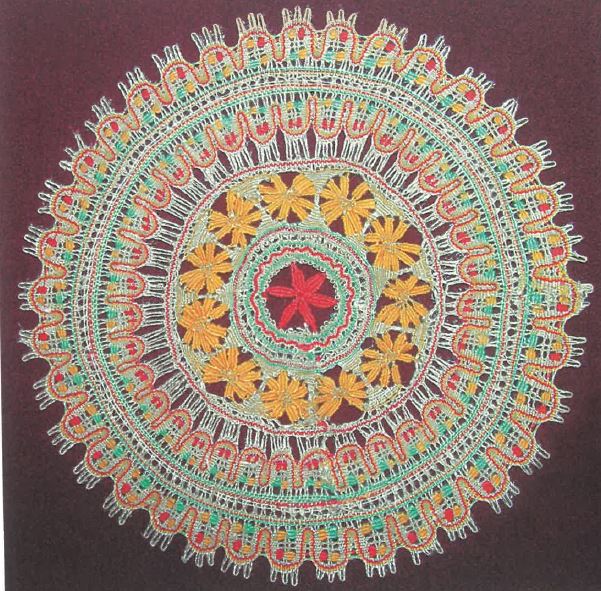Juraj Zajonc
Slovakia was one of the European countries where an interest in bobbin lace started to grow very intensively at the beginning of the 1970s. Learning lace making skills has become a common hobby.
Women and occasionally men with an interest in bobbin lace started to form lace making groups as early as the 1960s, but this increased markedly in the 1990s. Lace making groups and clubs are usually organized at a local or sometimes regional area. They have a complex organizational structure and their own rules of functioning.
An important element of the activities of lace making groups is the presentation of their activities in a local or regional area and exchanging knowledge, experience and skills with other groups of lace makers. These activities are implemented at a local, regional or country-wide level in Slovakia (sometimes with international participation). They take the form of workshop meetings, exhibitions or lace making festivals. For meetings at workshops, lace makers like to invite a specialist lecturer or lace makers from other groups in order to learn to make new types of lace and increase their skills (designing bobbin laces, creating technical lace structures) and learn to make copies of traditional laces, etc.
Lace makers’ meetings and exhibition of their works as well as bobbin lace festivals significantly enrich the cultural life of towns and areas where lace makers work. Participation in lace making events outside Slovakia is an opportunity to represent our country through traditional as well as contemporary bobbin lace patterns. Contemporary lace making in Slovakia therefore holds a special position in representing the cultural heritage of Slovakia.
